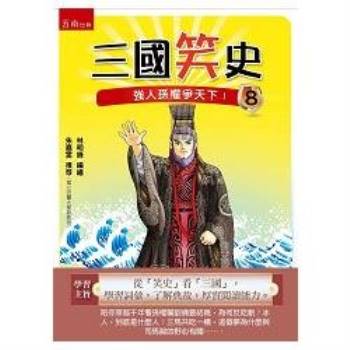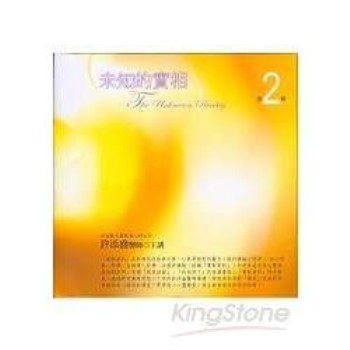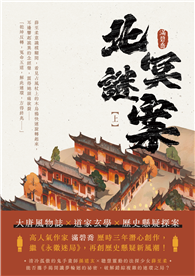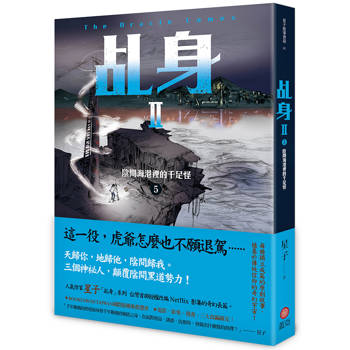This long awaited publication embodies the researches of a lifetime undertaken by Dr K Indrapala from the time he started his career as an academic in the University of Ceylon in 1960. It gives shape to his long held, though often controversial views that the Sinhalese and Tamils of Sri Lanka are descended from common ancestors who lived in the country in prehistoric and protohistoric times and have a shared history going back to over two thousand years. He argues that through a process of language replacement the north Indian Prakrit dialects spread among the vast majority of the people paving the way for the evolution of Sinhalese while Tamil became the dominant language in some parts of the island leading to the emergence of Sri Lankan Tamil.Buddhism, though at first common to both groups later became a religion associated with the Sinhalese. The rule of the Cola dynasty in the 11th century paved the way for the rise of Saivism among the Tamils. In the end Buddhism disappeared completely as a religion of the Sri Lankan Tamils and Saivism assumed dominance among them. The result was that religion in addition to language became a marker of ethnic identity.This research covers the period up to 1200 by which time the process of evolution had more or less stabilized and the chance of one absorbing the other eventually had receded, although assimilation of elements of one group into the other continued.
| FindBook |
有 1 項符合
The Evolution of an Ethnic Identity: The Tamils of Sri Lanka C. 300 BCE to C. 1200 CE的圖書 |
 |
The Evolution of an Ethnic Identity: The Tamils of Sri Lanka C. 300 BCE to C. 1200 CE 作者:Indrapala 出版社:Createspace Independent Publishing Platform 出版日期:2015-05-13 語言:英文 規格:平裝 / 444頁 / 22.86 x 15.24 x 2.29 cm / 普通級/ 初版 |
| 圖書館借閱 |
| 國家圖書館 | 全國圖書書目資訊網 | 國立公共資訊圖書館 | 電子書服務平台 | MetaCat 跨館整合查詢 |
| 臺北市立圖書館 | 新北市立圖書館 | 基隆市公共圖書館 | 桃園市立圖書館 | 新竹縣公共圖書館 |
| 苗栗縣立圖書館 | 臺中市立圖書館 | 彰化縣公共圖書館 | 南投縣文化局 | 雲林縣公共圖書館 |
| 嘉義縣圖書館 | 臺南市立圖書館 | 高雄市立圖書館 | 屏東縣公共圖書館 | 宜蘭縣公共圖書館 |
| 花蓮縣文化局 | 臺東縣文化處 |
|
|
圖書介紹 - 資料來源:博客來 評分:
圖書名稱:The Evolution of an Ethnic Identity: The Tamils of Sri Lanka C. 300 BCE to C. 1200 CE
|











